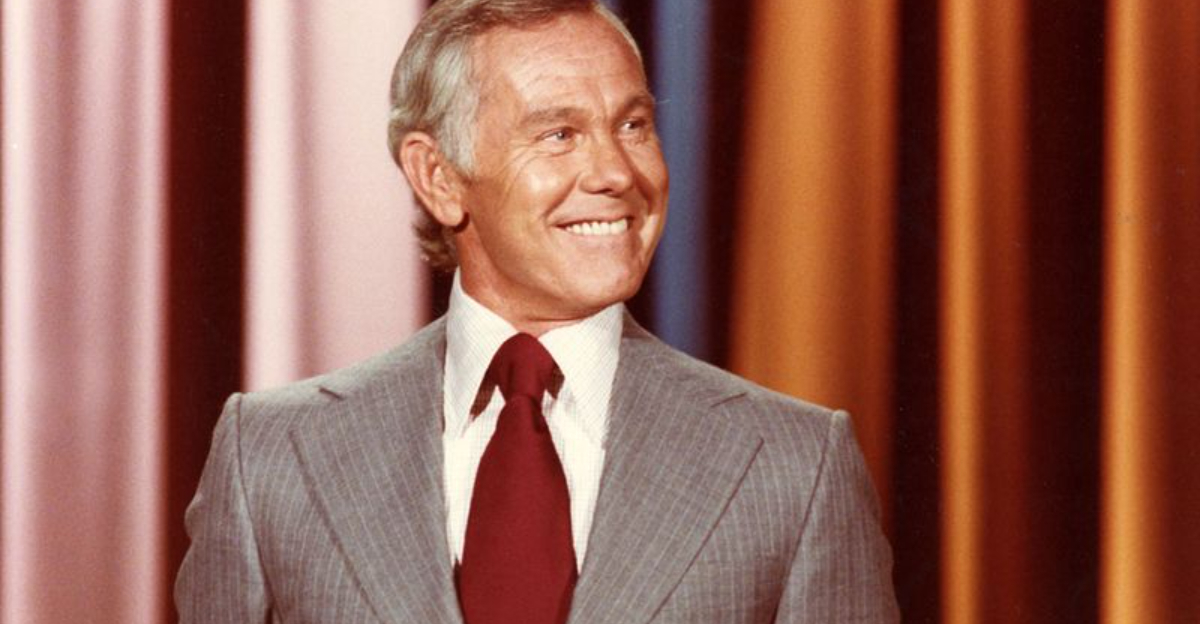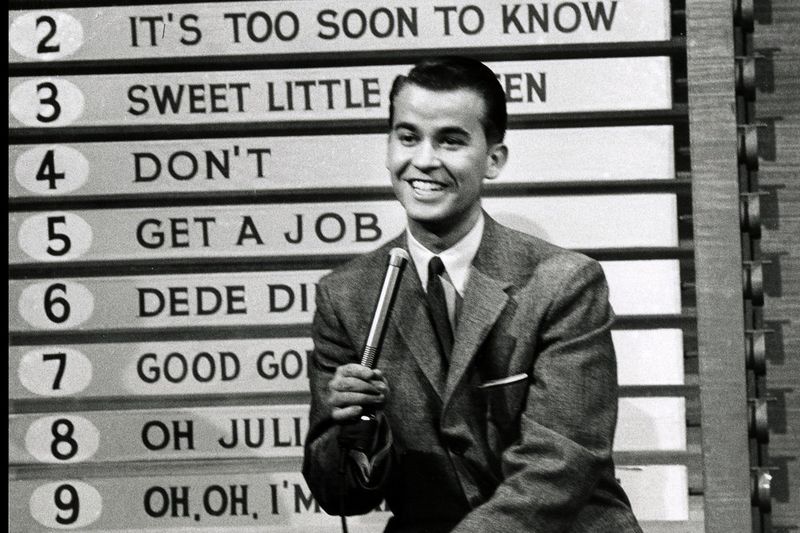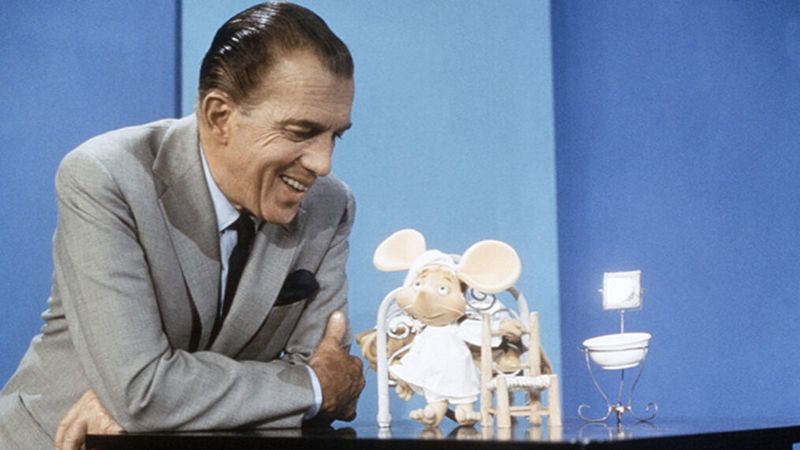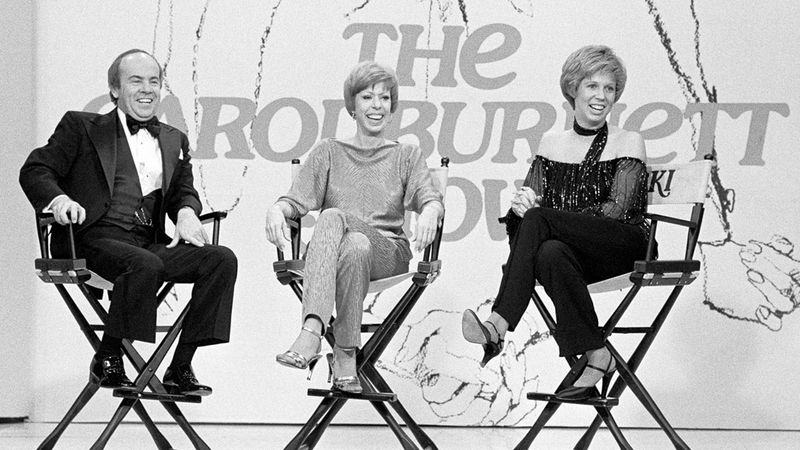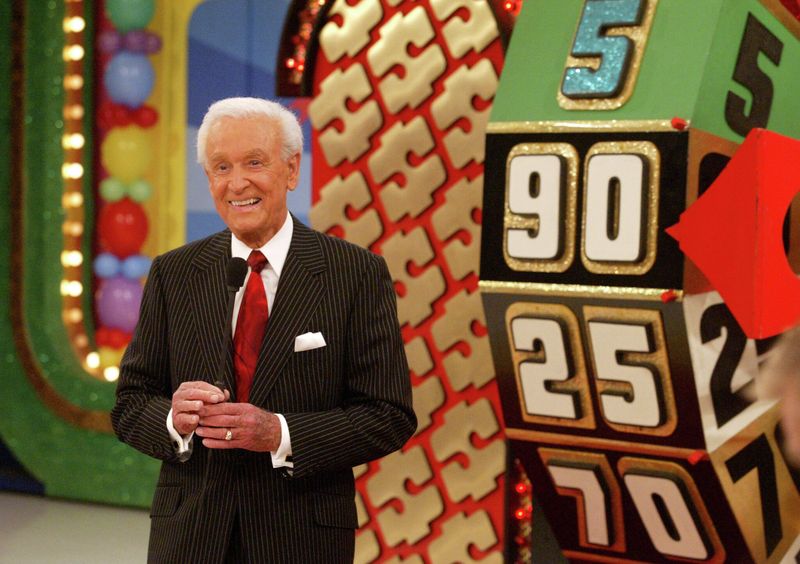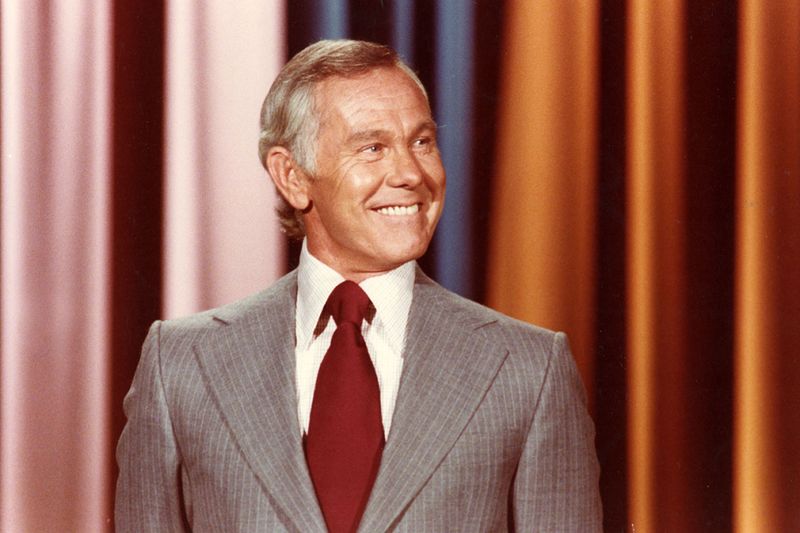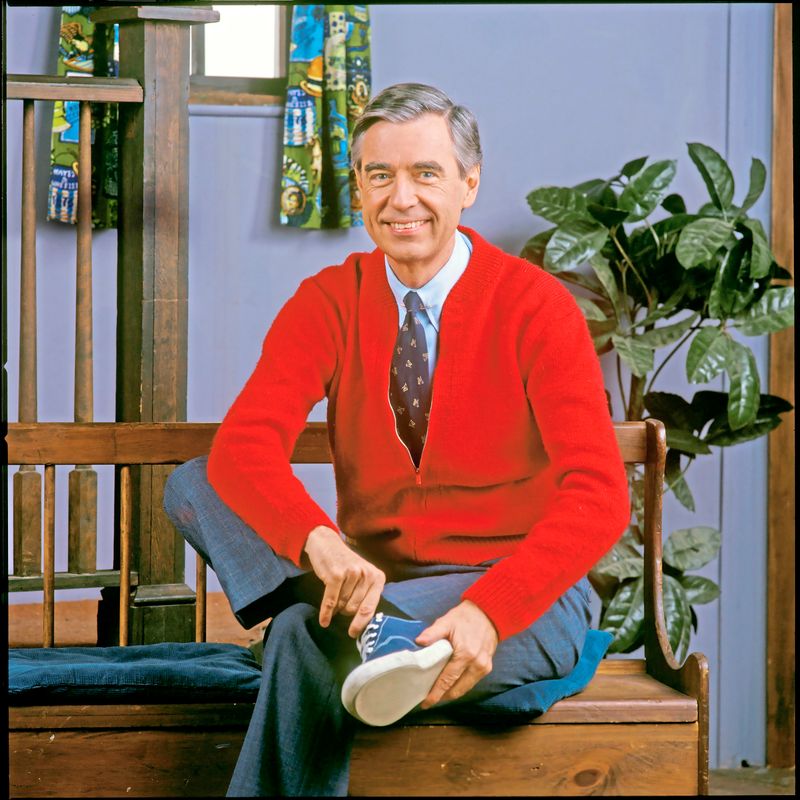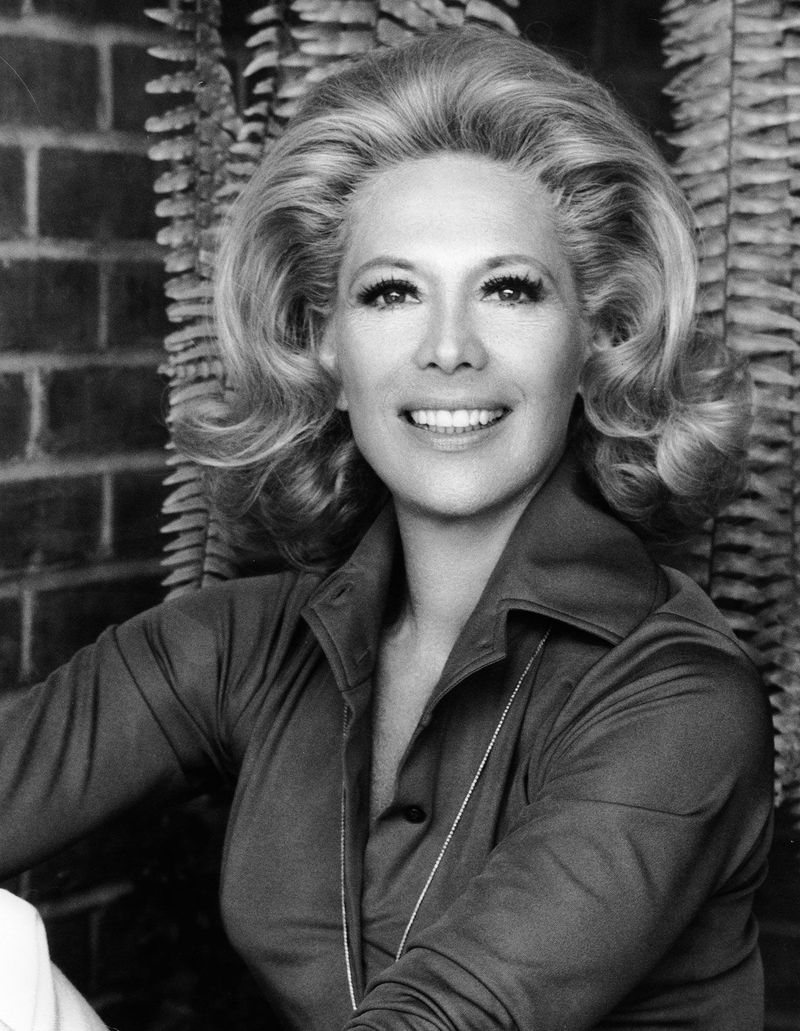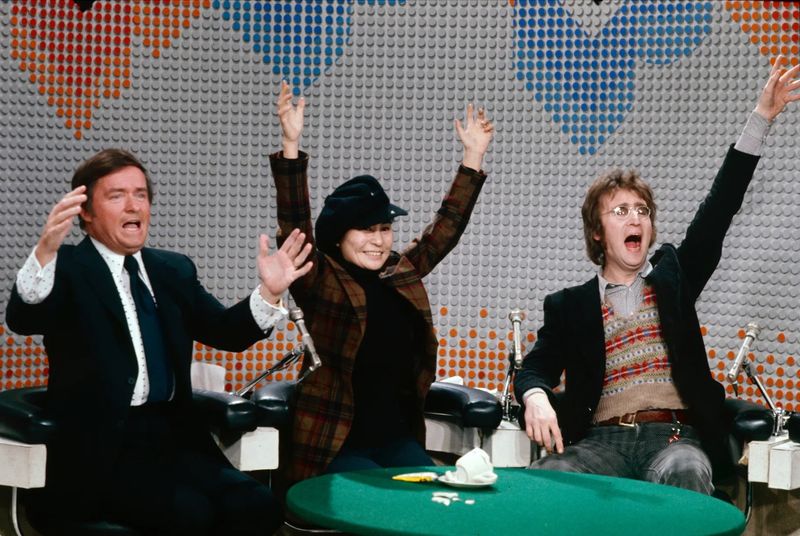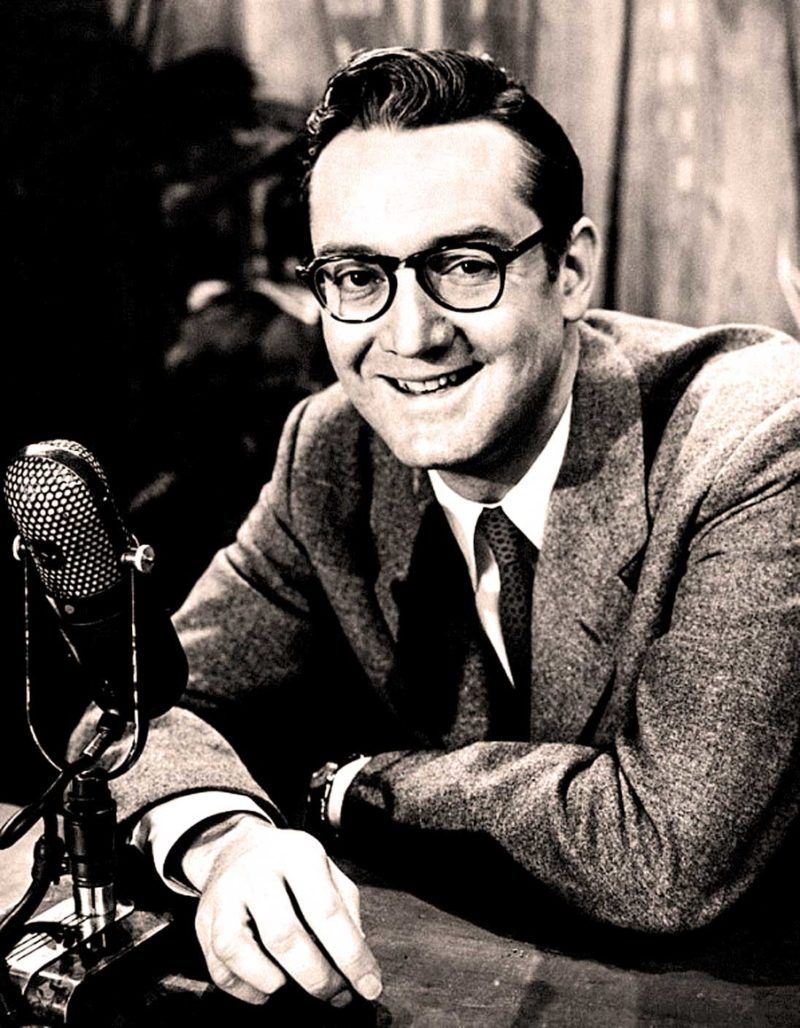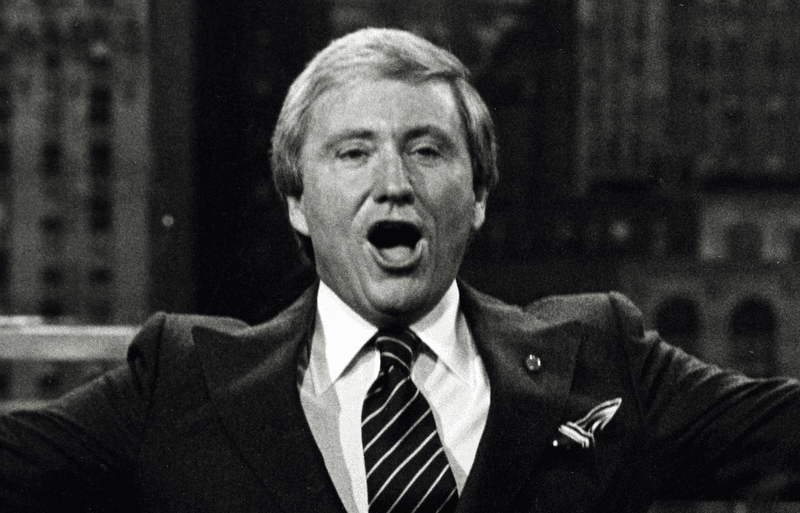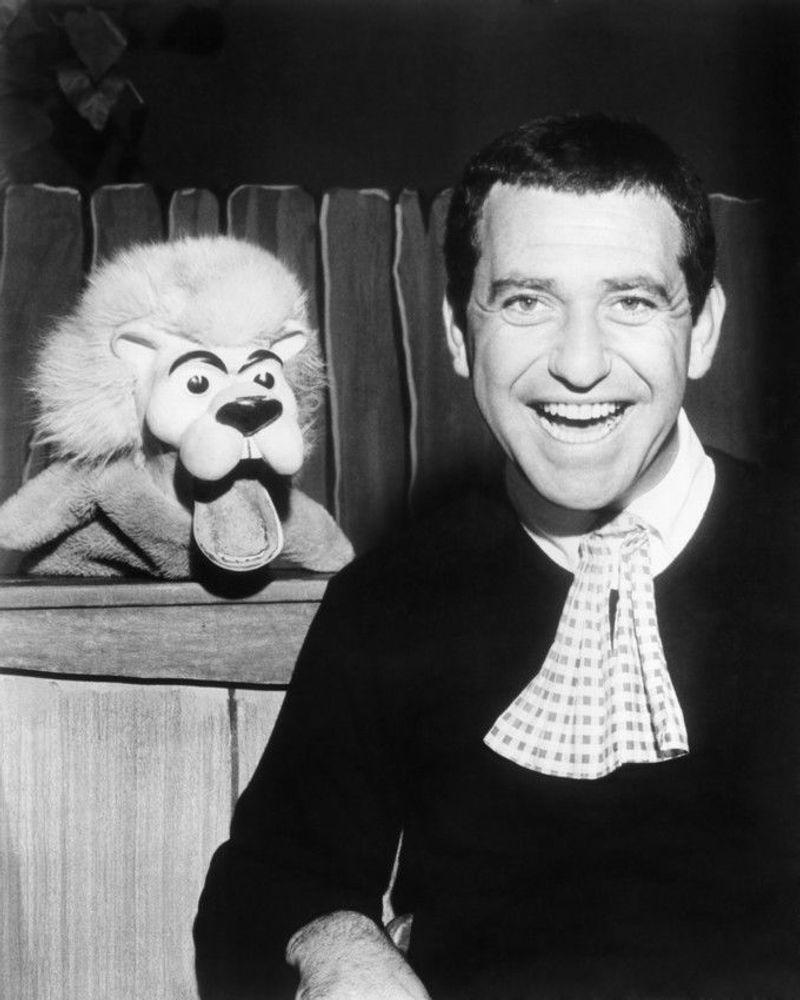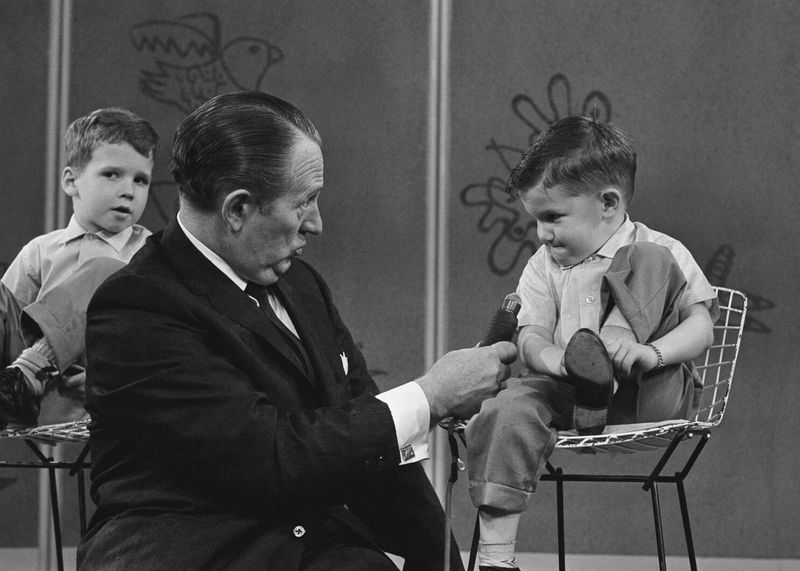Television personalities once held a special place in American homes, bringing families together around the glowing screen each evening. These charismatic hosts entered our living rooms daily, becoming trusted friends who entertained, informed, and comforted viewers across the nation. Their distinctive styles and warm personalities created lasting memories for generations of viewers during the golden age of television.
1. Dick Clark: America’s Eternal Teenager
Flashing his perfect smile and seemingly ageless appearance, Dick Clark revolutionized youth culture through American Bandstand. Teenagers across America rushed home to watch the latest dance crazes and musical performances he showcased.
Clark’s New Year’s Rockin’ Eve broadcasts became an annual tradition for millions. His straightforward interview style and genuine enthusiasm for music earned him respect from both artists and audiences alike, while his entrepreneurial spirit built an entertainment empire spanning decades.
2. Ed Sullivan: Sunday Night’s Variety Master
Standing awkwardly yet confidently on stage, Ed Sullivan delivered his famous promise of “a really big shew” to millions of Americans every Sunday night. His stone-faced demeanor contrasted with the excitement of his groundbreaking variety program.
Sullivan’s greatest legacy was introducing America to the Beatles in 1964, forever changing music history. Despite his somewhat stiff presentation style, his eye for talent was unmatched – showcasing everything from opera singers and Broadway performers to plate spinners and puppet acts that captivated viewers of all ages.
3. Carol Burnett: Queen of Variety Comedy
Tugging her ear at the end of each show as a secret hello to her grandmother, Carol Burnett broke barriers as television’s first female variety show host. Her infectious laugh and willingness to look ridiculous endeared her to audiences immediately.
The Carol Burnett Show’s ensemble cast created unforgettable characters and parodies. Her question-and-answer segments with the studio audience revealed her quick wit and genuine warmth, while her Tarzan yell became a signature move that delighted fans who recognized her natural comedic brilliance.
4. Bob Barker: The Price Is Right’s Smooth Operator
Armed with his signature microphone and dazzling smile, Bob Barker turned product pricing into America’s favorite daytime entertainment. His gentle encouragement of contestants and trademark “Come on down!” call became embedded in television history.
Barker’s smooth delivery and quick thinking kept the show moving through unexpected contestant reactions. His animal advocacy later became as much a part of his persona as his hosting skills, always ending shows with his plea to spay and neuter pets – blending entertainment with social consciousness in a way few hosts managed.
5. Johnny Carson: Late Night’s Undisputed King
With his impeccable timing and trademark golf swing, Johnny Carson transformed late-night television during his 30-year reign on The Tonight Show. Viewers adored his quick-witted monologues and playful interviews with celebrities.
Carson’s sidekick Ed McMahon’s booming “Heeeere’s Johnny!” introduction became part of American culture. His characters like Carnac the Magnificent and his ability to recover from joke flops with a knowing smirk made audiences feel like insiders in on the fun.
6. Fred Rogers: The Neighborhood’s Gentle Guide
Changing into his cardigan and sneakers became a ritual that signaled safety and comfort to millions of children watching Mister Rogers’ Neighborhood. Fred Rogers spoke directly to young viewers with respect and honesty rarely seen in children’s programming.
His puppet characters in the Neighborhood of Make-Believe explored complex emotions. Rogers tackled difficult subjects like death, divorce, and racism with extraordinary sensitivity, creating a television space where children felt truly understood and valued for exactly who they were – his greatest gift to generations of young Americans.
7. Dinah Shore: The Songbird of Daytime Television
Blowing her famous kiss and singing “See the U.S.A. in your Chevrolet,” Dinah Shore brought musical elegance to television variety shows. Her genuine Southern charm made guests feel immediately at ease, creating intimate conversations viewers loved.
Shore pioneered female-hosted talk shows with Dinah! in the 1970s. She balanced celebrity interviews with cooking segments and musical performances, often joining in with her own beautiful singing voice. Her ability to connect with both guests and audience members created a warm atmosphere that felt like visiting a friend’s living room.
8. Mike Douglas: Daytime’s Affable Conversationalist
Crooning occasional songs between celebrity chats, Mike Douglas created daytime television that appealed to housewives and college students alike. His Philadelphia-based talk show became known for unexpected guest pairings and laid-back conversations.
Douglas made television history when John Lennon and Yoko Ono co-hosted for a week in 1972. His willingness to embrace countercultural figures alongside mainstream celebrities gave his show an edge despite his own middle-America persona. The contrast between his conventional appearance and progressive booking choices created a unique television experience.
9. Steve Allen: Television’s Original Thinking Man
Tickling the ivories between comedy bits, Steve Allen created the template for late-night television that hosts still follow today. As The Tonight Show’s first host, he blended intellectual curiosity with silly stunts in a way that appealed to viewers across the spectrum.
Allen’s “Man on the Street” interviews showcased his quick improvisational skills. His compositions included the famous “This Could Be the Start of Something Big” and over 8,500 other songs. Allen’s thick glasses and somewhat nerdy demeanor couldn’t hide his brilliant mind, making intelligence cool for television audiences.
10. Merv Griffin: The Smooth Entertainment Entrepreneur
Flashing his megawatt smile and perfectly coiffed hair, Merv Griffin turned casual conversations into compelling television on his long-running talk show. His interviews often went deeper than competitors, revealing sides of celebrities rarely seen elsewhere.
Griffin’s business acumen extended beyond hosting – he created both Wheel of Fortune and Jeopardy! A former big band singer, he occasionally performed on his show, demonstrating the musical talents that launched his career. His warm, inquisitive style and genuine interest in his guests created a television legacy that extended far beyond his time on screen.
11. Soupy Sales: The Pie-Throwing Comedy Pioneer
Receiving his 20,000th pie to the face became a celebrated milestone for Soupy Sales, whose anarchic children’s show delighted kids while sneaking in adult humor for parents. His puppet sidekicks White Fang and Black Tooth became beloved characters despite being only paws on screen.
Sales’ wild improvisational style sometimes landed him in hot water with network executives. His New Year’s Day 1965 request for kids to send him “those green pieces of paper” from their parents’ wallets became an infamous television moment. His willingness to look foolish made him a comedy hero to generations of performers.
12. Art Linkletter: The Master of Unscripted Moments
Coaxing hilarious unfiltered comments from children became Art Linkletter’s trademark on House Party’s famous segment “Kids Say the Darndest Things.” His gentle questioning style created television gold as youngsters shared their unfiltered perspectives on adult topics.
Linkletter’s wholesome appeal made him welcome in American homes for decades. Beyond his children’s segments, he interviewed everyday people with genuine interest in their lives. His ability to find extraordinary moments in ordinary conversations showcased his understanding that real people could be more entertaining than any scripted program.
